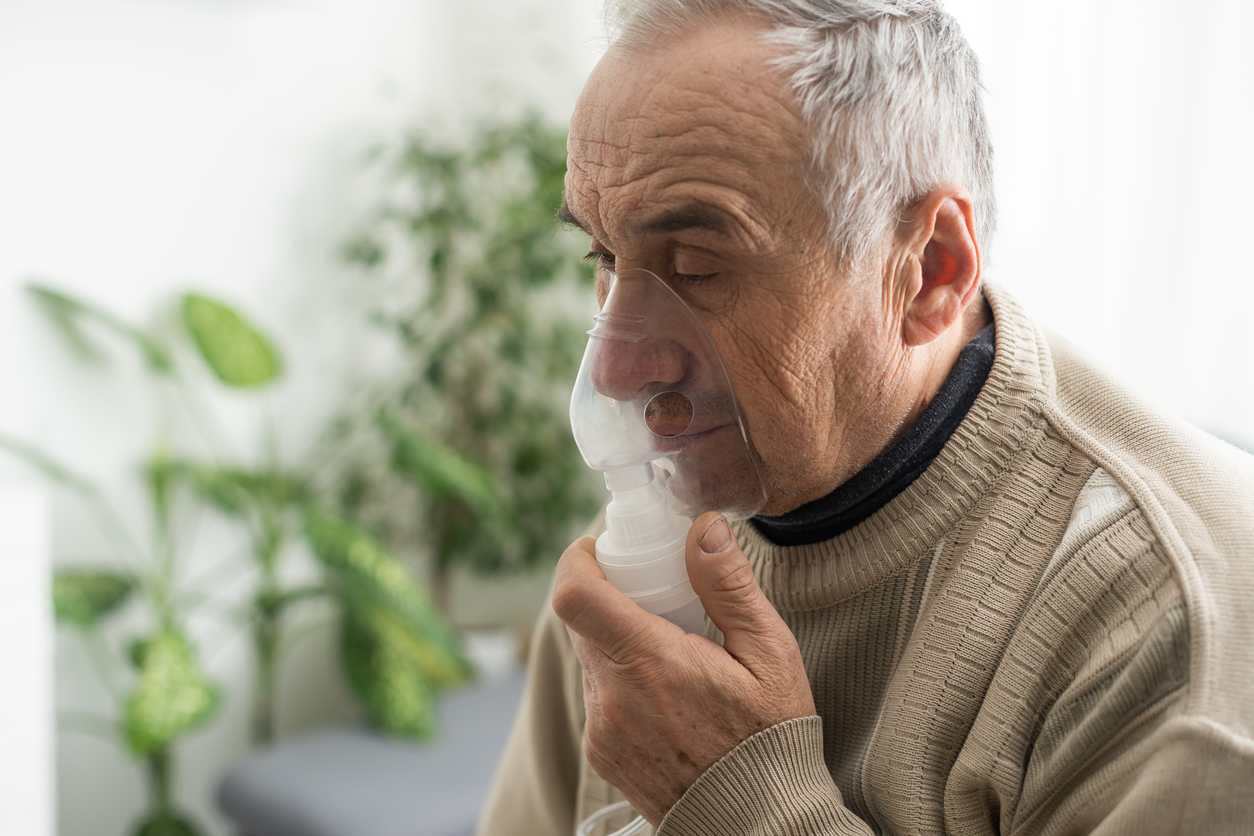Chronic Obstructive Pulmonary Disease (COPD) is one of the leading causes of illness and mortality worldwide. Often underestimated and misinterpreted, COPD’s symptoms can progress quietly until they significantly impact daily life. Recognizing these hidden signs early can lead to more effective treatment outcomes. This guide explores subtle symptoms, effective treatments, and essential actions for those diagnosed.

Recognizing Hidden Symptoms of COPD
Many individuals overlook the early symptoms of COPD, often mistaking them for aging or minor respiratory issues. The following are commonly hidden signs of COPD:
- Chronic Cough: Persistent coughing is an early sign, often dismissed as seasonal allergies or a lingering cold. A cough that lasts several months is worth investigating.
- Shortness of Breath: Feeling breathless during activities that were once easy, such as climbing stairs or light exercise, is a red flag.
- Frequent Respiratory Infections: Repeated colds, flu, or bronchitis may indicate COPD as the lungs are less able to fight infections.
- Fatigue and Lack of Energy: Low energy levels often go hand-in-hand with COPD, as the body works harder to deliver oxygen to the bloodstream.
- Unintended Weight Loss: Some COPD patients lose weight due to increased effort in breathing and reduced appetite.
These symptoms often progress subtly. For more details on COPD symptoms, visit the Mayo Clinic's comprehensive guide on COPD symptoms and causes.
Effective Treatment Options for COPD
While there is no cure for COPD, treatments are available to manage symptoms, prevent complications, and improve quality of life. Here’s a breakdown of the most effective treatment options:
- Medication: Bronchodilators are commonly prescribed to relax the muscles around the airways, making breathing easier. Inhaled steroids may also reduce inflammation and prevent flare-ups.
- Pulmonary Rehabilitation: A structured rehabilitation program combining exercise, breathing techniques, and education is beneficial for managing COPD. Many healthcare providers, including the CDC, recommend pulmonary rehab as a core element of treatment.
- Oxygen Therapy: For individuals with advanced COPD, oxygen therapy can be life-changing, as it provides the oxygen needed to reduce breathlessness and increase energy levels.
- Nutrition and Exercise: A healthy diet and appropriate physical activity can help maintain lung function and overall health. The American Lung Association offers resources on lifestyle choices that improve COPD symptoms.
- Surgical Options: In severe cases, lung volume reduction surgery or a lung transplant may be recommended, typically when other treatments have proven ineffective.
Working closely with healthcare providers is essential for developing a tailored COPD treatment plan. For further information on treatment options, see the COPD Foundation.
If You Have COPD, Do This Immediately
If you or someone you know has recently been diagnosed with COPD, taking immediate steps can greatly improve long-term outcomes:
- Quit Smoking: Smoking is the leading cause of COPD, so quitting is the single most important action a patient can take. Even for those who developed COPD from environmental or genetic factors, avoiding smoke can help prevent worsening symptoms.
- Monitor Your Health: Track symptoms and any triggers that worsen them. Report changes in breathing, frequent infections, or new symptoms to your healthcare provider.
- Stay Vaccinated: Respiratory infections are dangerous for people with COPD. Get regular flu shots and consider vaccinations against pneumonia and COVID-19.
- Maintain Regular Check-Ups: Regular health check-ups are essential to adjust treatment plans and manage new or progressing symptoms. The Cleveland Clinic offers more on ongoing COPD care and check-ups.
- Seek Support: Joining a support group for COPD patients can provide emotional support and practical tips. The National Heart, Lung, and Blood Institute has resources on support and community programs.
Taking these immediate steps can help manage symptoms effectively and may slow COPD progression.
Signs of COPD That Many People Tend to Ignore
Though COPD affects both men and women, there are unique symptom patterns and responses among genders. Here’s what to look for:
- For Women: Studies suggest women with COPD may experience greater shortness of breath and anxiety than men, even if their lung function scores are similar. Women may also report more frequent flare-ups, which can lead to a more rapid progression of symptoms.
- For Men: Men may be more prone to developing emphysema as part of their COPD, especially if they have a history of heavy smoking. They may be more likely to ignore symptoms, attributing them to age or physical exertion, which can delay diagnosis and treatment.
If you or a loved one exhibits these symptoms, especially if they seem subtle or easy to dismiss, it’s essential to consult a healthcare provider. The World Health Organization provides additional insights on how COPD presents differently across demographics.
